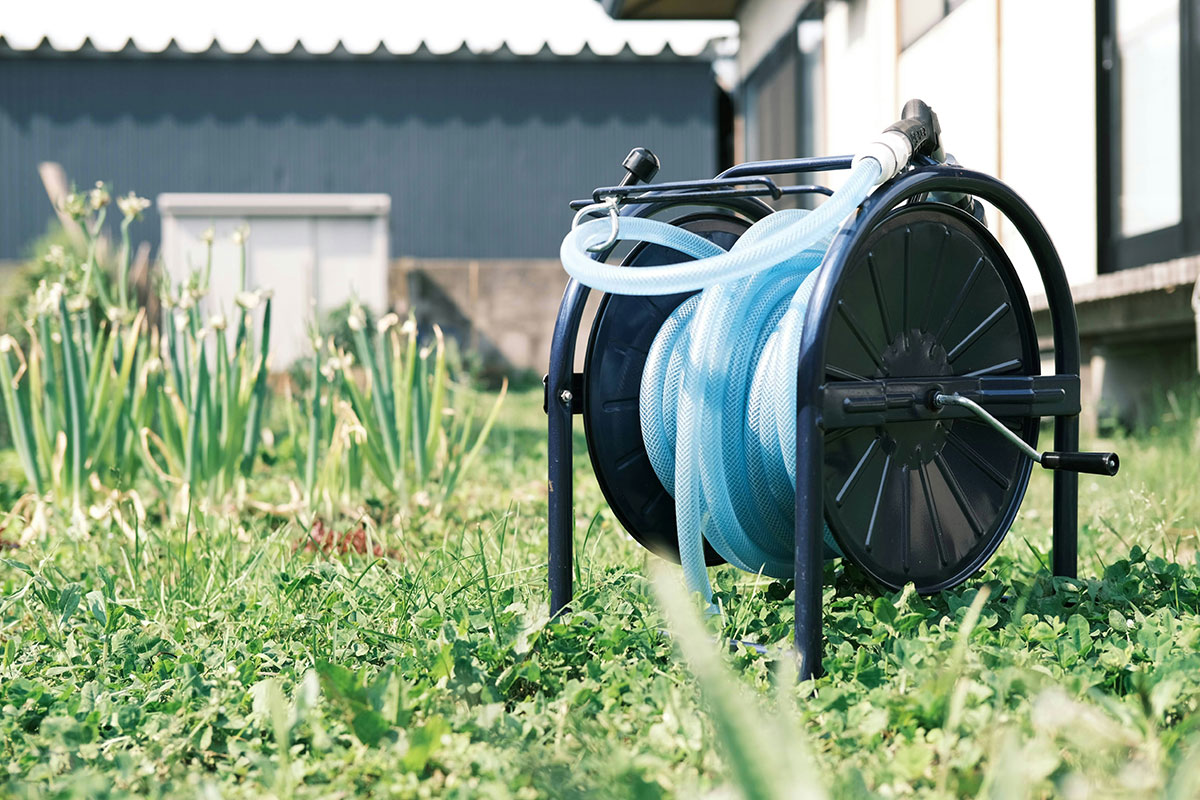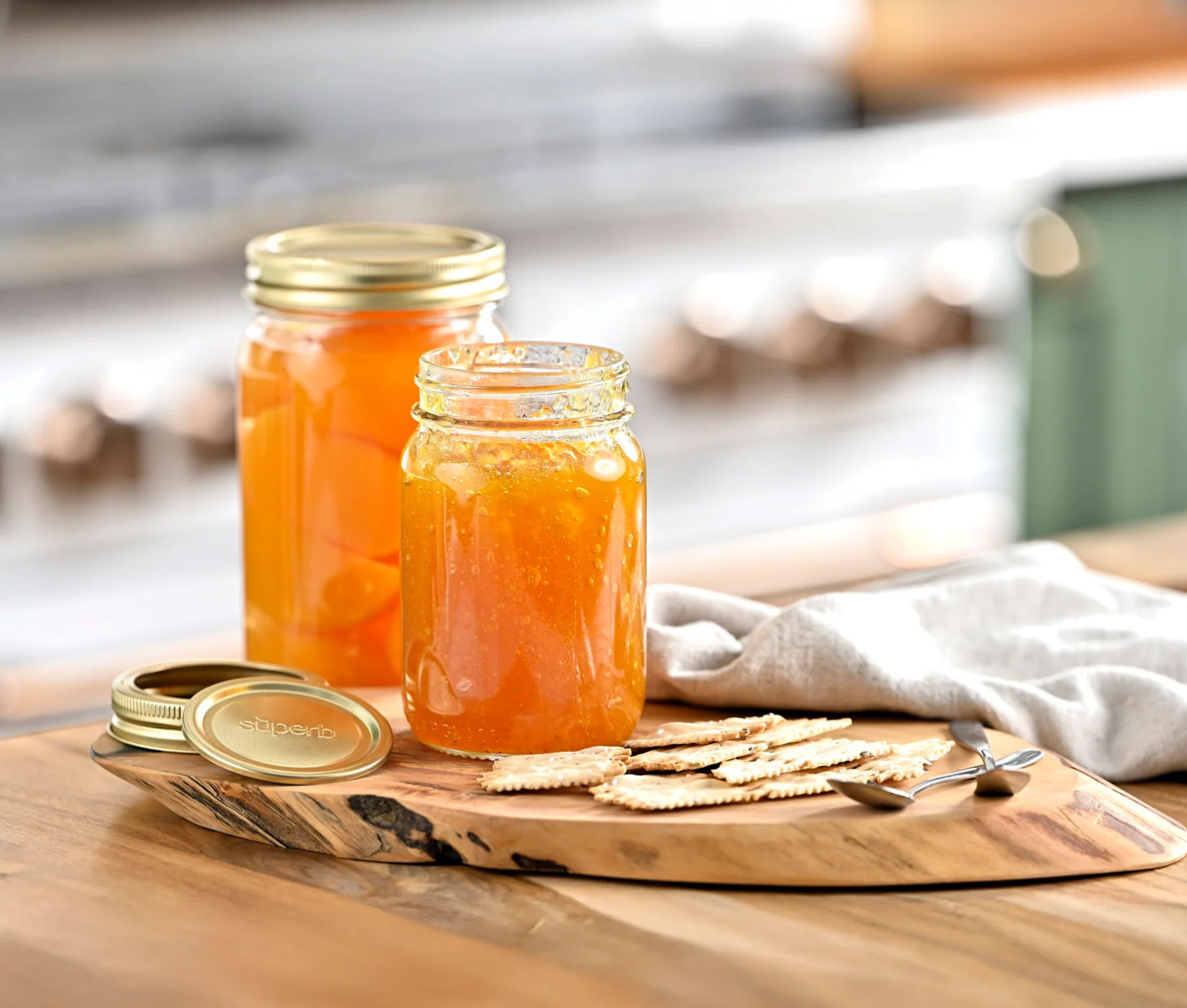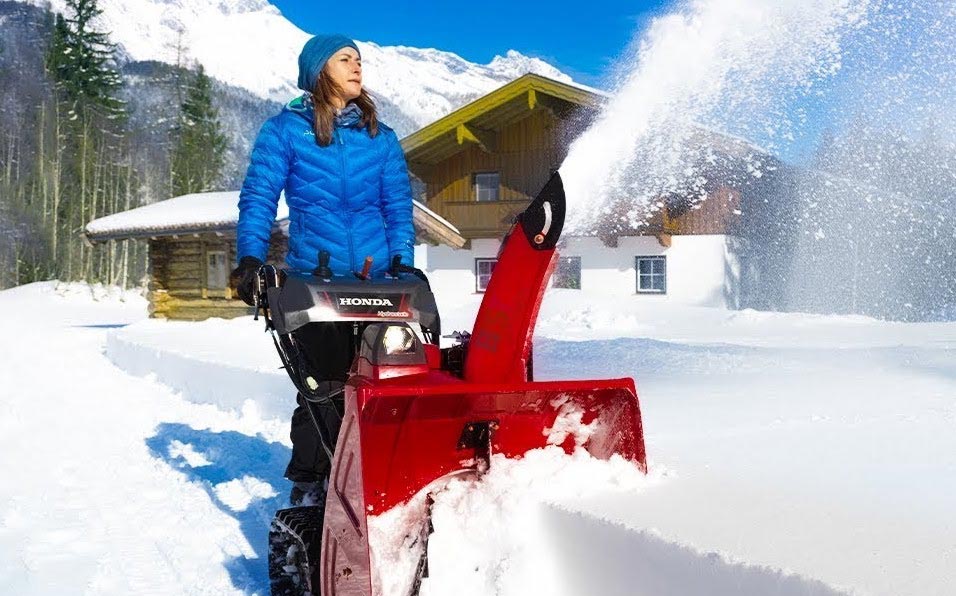Fixing Your Garden Hose: Simple Solutions for Common Problems
Garden Hose 411
Frustrated with your garden hose? From leaky connections to stubborn kinks, learn how to easily repair, maintain and extend the life of your garden hose. Before you buy a pricey new hose, read these simple solutions that will keep your watering routine enjoyable and hassle-free.
As any homeowner knows, a reliable garden hose is essential for keeping your lawn and garden looking lush, healthy and green. But even high-quality hoses can develop issues over time. In this guide, we’ll explore common garden hose problems and offer easy fixes to keep your landscape routine on track.
Leaky Connections
One of the most frequent hose headaches is a leaky connection, usually where the hose attaches to the spigot or nozzle. Such leaks waste water and reduce pressure, making watering less effective.
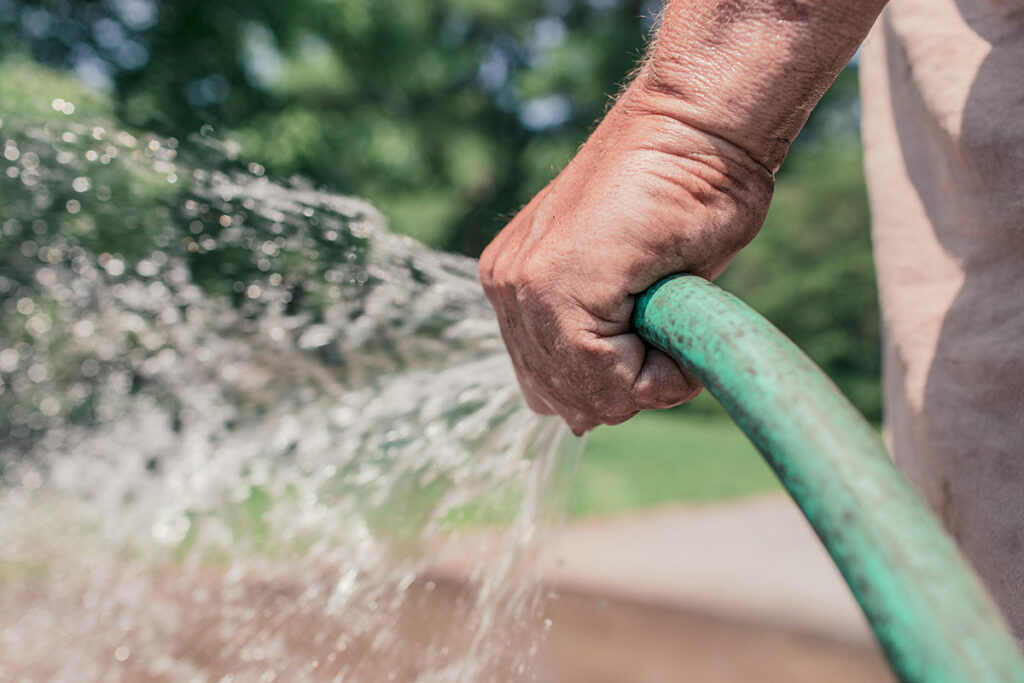
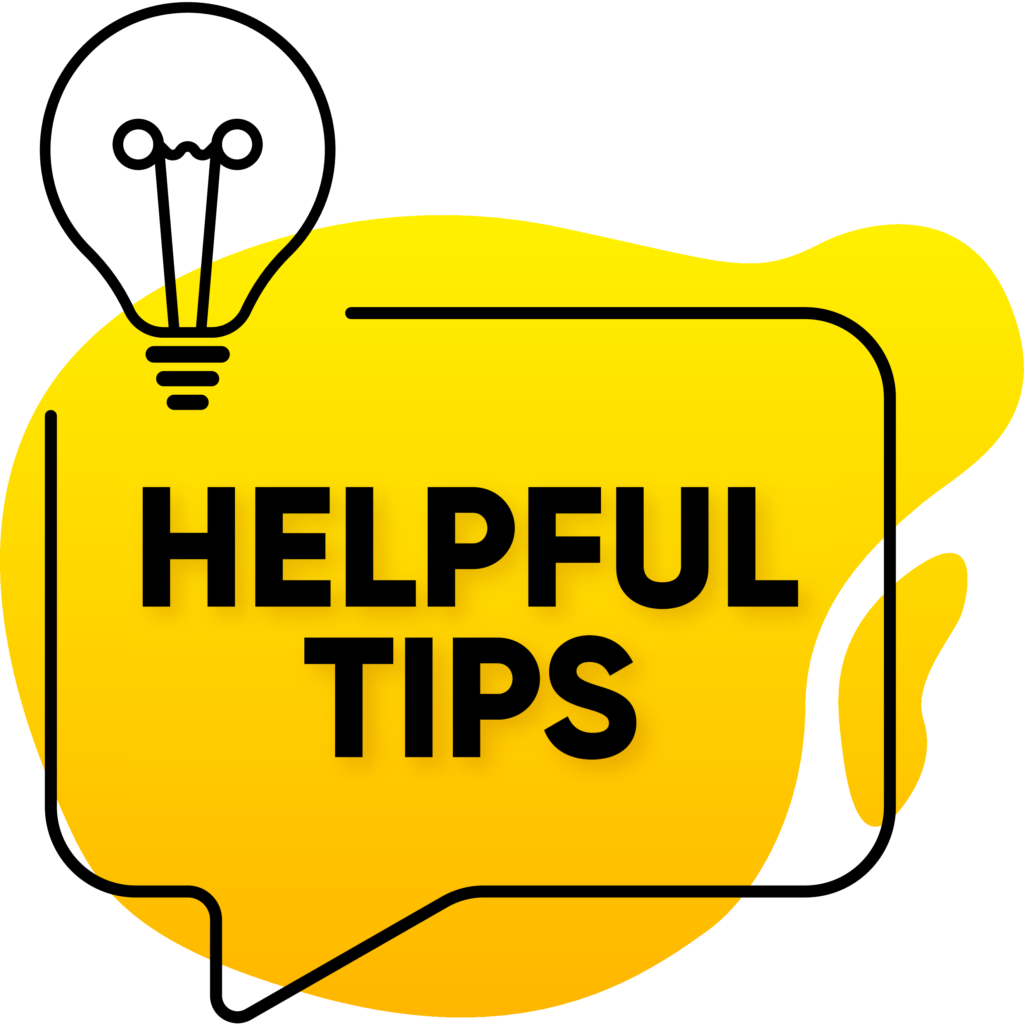
QUICK FIXES:
When the weather gets warm, Ray Esh explains, “People get their garden hoses out, and they find that their hoses leak.” Inspect the washer inside the female end of the hose. If it’s worn or missing, replace it with a new rubber washer. Better yet, keep a bag of these low-cost items on hand so you have them when needed.
For stubborn leaks, wrap plumber’s tape (also called Teflon tape) around the threads of the male connector before attaching the hose.
Kinked Hose
Kinks are more than just annoying – they can damage your hose over time and restrict water flow.
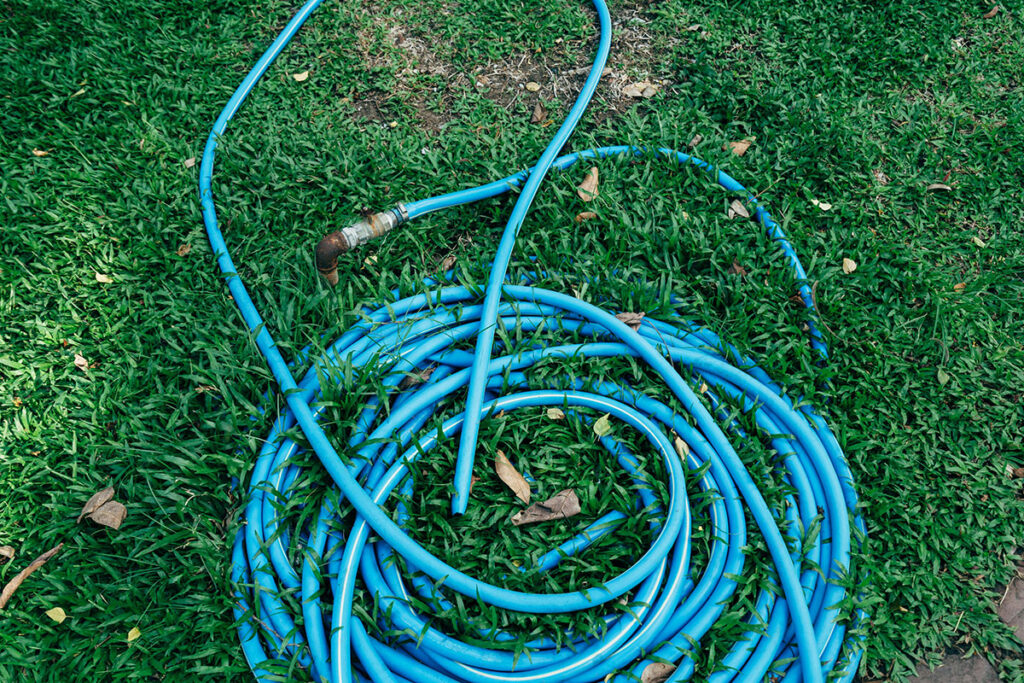

PREVENTION & FIXES:
- When storing, coil your hose loosely in a large circular pattern.
- Invest in a hose reel or hanger to keep it organized and kink-free.
- For existing kinks, lay the hose out straight in the sun. The heat will help relax the material.
- Gently massage stubborn kinks while running warm water through the hose.
Cracked or Split Hose
Over time, exposure to sun, extreme temperatures, and rough handling can cause cracks or splits in your hose.
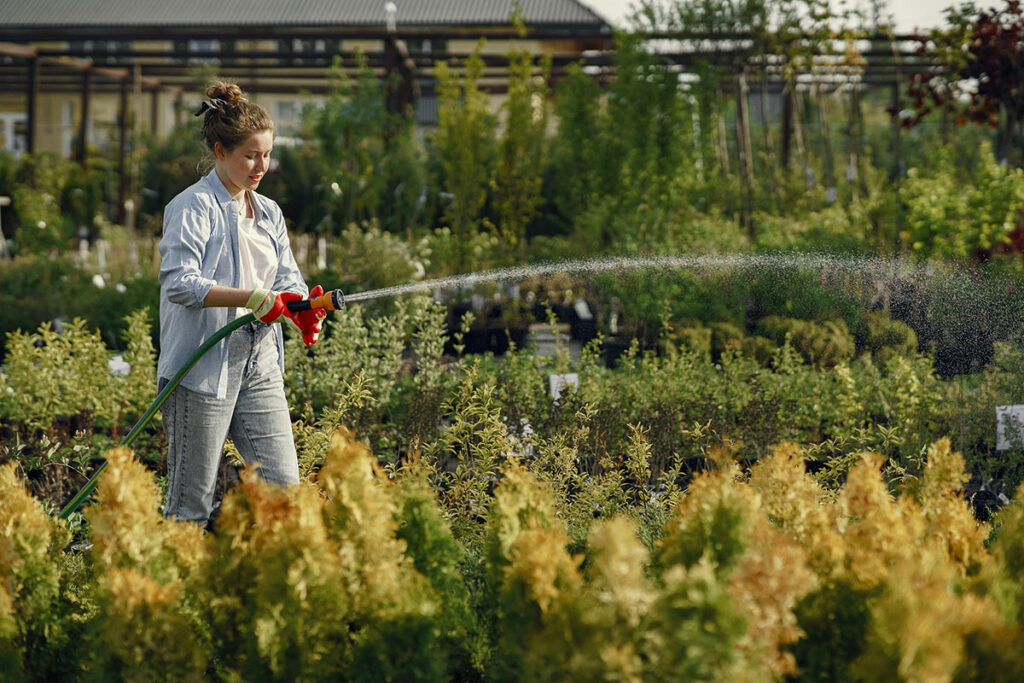

TEMPORARY FIX:
- For small holes, use a hose repair kit with a patch or sealant.
- For larger splits or holes, buy a garden hose mender or a splice kit. (Make sure you know the size of your hose before purchasing. Common hose sizes are 3/4”, 5/8” and 1/2”.)
- A splice kit typically contain clamps and a metal tube. To fix the hose, cut out the damaged section and re-join the ends, securing the clamps on either end. Test the repaired hose. If it leaks, tighten the clamps.
- If crushing occurs: Try running hot water through the hose to help it regain its shape. For severely crushed sections, cut away the damaged part and use a hose mender to reconnect.
Photo Credit: Philippe 2009
Tip: Avoid punctures, sun damage or crushed hoses
“You don’t have to buy a $50 hose each time you drive over a hose,” explains Esh, “or it gets puncture holes, pops or gets weak.”
These are common risks to garden hoses, which you can reduce by doing the following:
Punctures from Lawn Equipment
Accidentally running over your hose with a lawnmower or weed trimmer can cause frustrating punctures.
Prevention:
• As part of your pre-mowing routine, always coil up your hose before cutting the grass.
• Consider buying a brightly colored hose that’s easier to spot.
Sun-Damaged Hose
Prolonged exposure to UV rays can cause hoses to become brittle and prone to cracking.
Prevention:
• Store your hose in a shaded area when not in use.
• Invest in a hose hideaway or decorative pot to protect it from the sun.
• Choose hoses with UV-resistant materials for longer life.
Crushed Hose
Running over your hose with a vehicle or placing heavy objects on it can damage the internal structure, restricting water flow.
Prevention:
• Always store your hose properly when not in use.
• Use hose guides or stakes to keep it away from driveways and paths.
Low Water Pressure
If your once-powerful spray has become a disappointing dribble, several factors could be at play.
Troubleshooting steps:
• Check for kinks or twists in the hose.
• Look for leaks along the hose length.
• Remove and clean the nozzle, since mineral buildup can restrict flow. If this doesn’t correct the issue, swap the existing nozzle with a new nozzle.
• Ensure your spigot is fully open.
If you have multiple hoses connected, try using a shorter length to improve pressure.
If none of these fix the issue, there might be a more serious issue related to the water source itself.
Stuck or Broken Spray Nozzle
A malfunctioning nozzle can turn watering into a frustrating experience.
Troubleshooting tips:
• Disassemble and clean the nozzle to remove dirt or mineral deposits.
• Soak metal parts in vinegar to dissolve stubborn buildup.
• Lubricate moving parts with silicone spray.
• If the nozzle is beyond repair, replace it with a new one. Some favorites stocked at Esh include nozzles include Landscapers Select and Gilmour.
Frozen Hose
In colder climates, forgetting to drain and store your hose for winter can lead to burst pipes and damaged hoses.
Prevention:
• Disconnect and drain hoses before the first freeze.
• Don’t forget to attach a frost-free hose bib or spigot to the exterior of your home.
• Store hoses indoors or in a protected area during winter.
How to de-freeze your hose:
• Bring the frozen hose indoors to thaw gradually.
• Once thawed, check for cracks or splits before using.
Mold and Mildew in the Hose
Damp, dark conditions can promote mold growth inside your hose, potentially harming plants and creating unpleasant odors.
Cleaning process:
• Mix a solution of 1 part bleach to 10 parts water.
• Run this solution through the hose, letting it sit for a few minutes.
• Flush thoroughly with clean water before using on plants.
• To prevent future growth, always drain your hose after use and store it in a dry, well-ventilated area.
Bonus Tips for Hose Longevity
Quality Matters:
Invest in a good-quality hose from the start. Look for multi-ply construction and brass fittings. Consider making a custom hose, sized to your specifications. At Esh Hardware, there’s a custom hose center where you can create the hose you need, complete with male and female connectors.
Proper Storage:
Always drain your hose after use and store it coiled loosely in a cool, dry place.
Regular Maintenance:
Inspect your hose periodically for signs of wear or damage.
Gentle Handling:
Avoid dragging your hose across rough surfaces or pulling it too tightly around corners.
Winter Care:
In cold climates, bring your hose indoors or insulate outdoor spigots to prevent freezing.
Accessorize Wisely:
Use quick-connect fittings to reduce wear on threaded connections.
Pressure Relief:
Turn off the water at the spigot when not in use to reduce constant pressure on the hose.
By following these tips and tricks, you can extend the life of your garden hose and keep your watering routine smooth and efficient. Remember, a little preventive care goes a long way in avoiding common hose hassles.
Located in or near Lancaster County, Pennsylvania? Esh Hardware stocks many hard-to-find and one-of-a-kind lawn products created by independent companies. These brands are effective, budget-conscious alternatives to big-box brands that often have an eco-conscious advantage.
Esh also carries a wide variety of garden water hoses.
Esh Hardware is located in Ronks, Pennsylvania, about 20 minutes east of Downtown Lancaster.
Don’t feel like driving? Esh Hardware also has a delivery service for addresses located within an 8 to 10-mile radius of our store, located at 64 Clearview Road in Ronks, Pennsylvania. The service includes Lancaster County communities such as New Holland, Leola, Ronks, Intercourse, Bird in Hand, Lampeter and even areas near the shopping outlets along Route 30. Not sure if your address is part of their delivery area? Call Esh Hardware at 717-768-8497.

